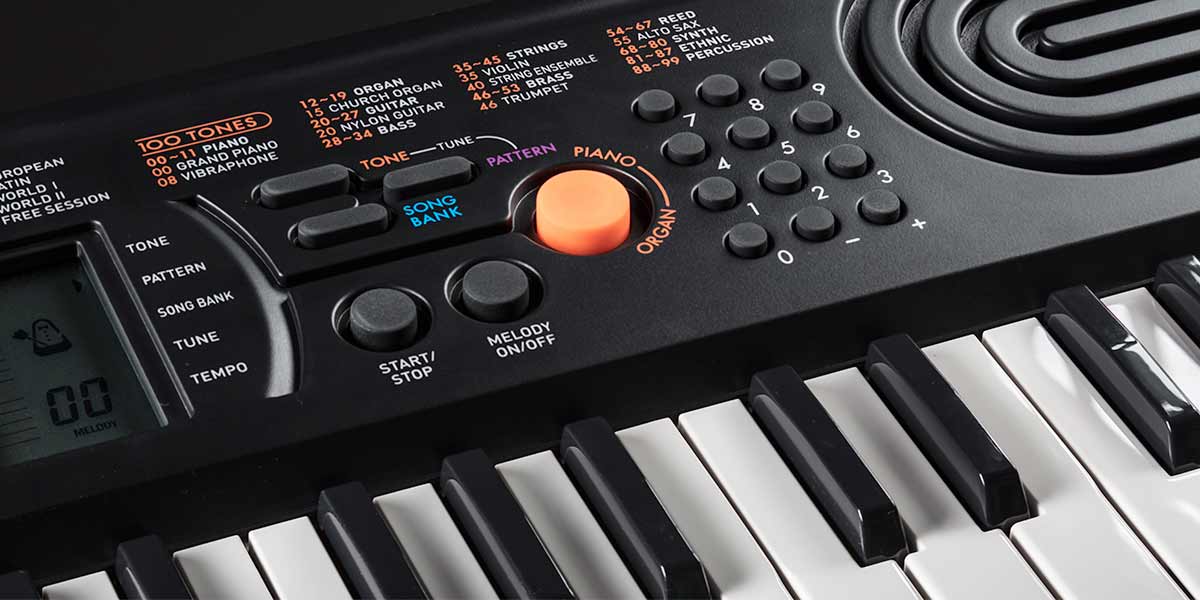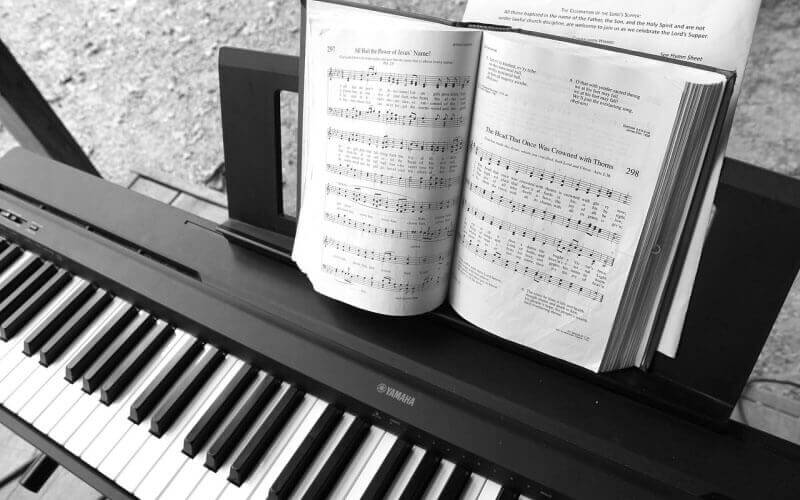Casio Piano Keys
No matter who (or where) you are, Casio’s CTK-2550 portable keyboard opens up a whole world of music with 61 full-size keys, 400 high-quality Tones, and 150 built-in Rhythms including the. CASIO Digital Pianos - Innovative Sound Generation Technology. CASIO has spent a lot of time carefully optimising the interplay of electronics and mechanics. The Natural Grand Hammer Action musical mechanism has wooden keys and hammers like a concert piano.

- Keyboards CASIOTONE has been synonymous with cult keyboards since 1980. The first model—the CT-201—was developed with the intention of giving everybody the opportunity to enjoy playing the keys.
- Casio CDP-S150 88-Key Compact Digital Piano Bundle with Adjustable Stand, Bench, Sustain Pedal, Instructional Book, Austin Bazaar Instructional DVD, and Polishing Cloth 4.4 out of 5.
A piano keyboard diagram is shown and explained below. This section will help you better understand the layout of a piano keyboard.
Let’s first of all take a look at an unlabeled piano keyboard layout, i.e. without the note names. The one shown in the first piano keyboard layout has two octaves, a total of 24 notes. In an 88 key piano, there are 36 black keys and 52 white keys. 76 key keyboards come with 31 black keys and 45 white keys, 61 key keyboards come with 25 black keys and 36 white keys, while 49 key keyboards have 20 black keys and 29 white ones.
Someone new to the piano may feel overwhelmed when they first take a look at its keys. “How do I remember so many notes?” But as we shall see later it is very simple to understand. Hint: repetition. Highly Recommended: Click here for the BEST piano/keyboard course I’ve come across online.
Here’s a simple piano keyboard diagram (below this paragraph). The white keys are all labeled. If you look closely, you will realize that the same note names are being repeated over and over. These notes are A, B, C, D, E, F and G. Whether it’s a 49, 61, 76 or 88 key keyboard, this is the note pattern of a piano.
In the piano keyboard layout immediately below this paragraph, I have ventured to add a more complete piano keyboard diagram. As you will see, both the black and white keys have been named. As for the black keys, they each have two note names. There’s D-Flat (or C-Sharp), E-Flat (or D-Sharp), G-Flat (or F-Sharp), A-Flat (or G-Sharp) and B-Flat (or A-Sharp).

Watch this lesson:

To help you better understand sharps (♯) and flats (♭), let’s find out what a semitone is. A semitone is also called a half step or half tone and is the smallest interval used in Western music. It is the distance between two notes which are next to one another in pitch. So the distance between C and C-Sharp is one semitone, the distance between D and D-Sharp is one semitone and the same can be said for the distance between A and A-flat.
What is the note that is one semitone higher than C? The answer is C-Sharp. What is the note that is one semitone higher than D? The answer is D-Sharp. Let’s go the other way around. What is the note that is one semitone lower than D? The answer is D-Flat. One semitone lower than E? It’s E-Flat.
A whole tone means a distance of two semitones, i.e. the distance between two notes which are separated by one other note in pitch. For instance, C and D, D and E, and F and G are each one whole tone apart.
A piano comes with a 12 note pattern. This can be seen in the piano keyboard diagram above. While there are many notes on a piano, it’s really 12 notes being repeated over and over. On an acoustic piano it is repeated over 7 times. We see in our piano keyboard layout above that the 12 notes are C, C-Sharp (D-Flat), D, D-sharp (E-Flat), E, F, F-Sharp (G-Flat), G, G-Sharp (A-Flat), A, A-Sharp (B-Flat), and B. Take a look at the piano keyboard chart below. It consists of the 12 notes of a piano or music keyboard.
To better understand the piano keys layout see how the black keys on a piano are grouped together in groups of two’s and three’s. Do you notice how many groups of two’s there are? How about the groups of three’s?
You will also notice that the note C always comes before the group of 2 flats (or sharps), while F always comes before the group of 3 flats (or sharps). On a 49 key keyboard, there are 5 C’s, on a 61 and 76 key keyboard there are 6 C’s, and there’s 8 on an 88 key keyboard.
- The first note on a 49 key keyboard is C and the last note is C.
- The first note on a 61 key keyboard is C and the last note is C.
- The first note on a 76 key keyboard is E and the last note is G.
- The first note on an 88 key piano is A and the last note is C.
If you have an 88 key piano (find diagram here), look at your piano keyboard layout and find middle C. Middle C lies towards the center of your keyboard. It’s not exactly in the center of the keyboard but it’s the centermost C. The location of this note is very important to remember when learning to play the piano.The piano keyboard diagram below shows the various piano notes C, D, E, F, G, A and B. There’s a treble clef, a bass clef and a grand staff. Notice that the “C” in the treble clef and the “C” in the bass clef are the same note. This is the point where they cross and meet on the Grand Staff. It is known as Middle C.
Piano Keyboard Keys Layout – 49 Key Piano Keyboard Notes
The following is the layout of notes on a 49 key piano keyboard.
Piano Keyboard Keys Layout – 61 Key Piano Keyboard Notes
The following is the layout of notes on a 61 key piano keyboard.

Casio Piano Keys Labeled
Further Reading
Comments
Casio Piano Keyboard Sale
comments